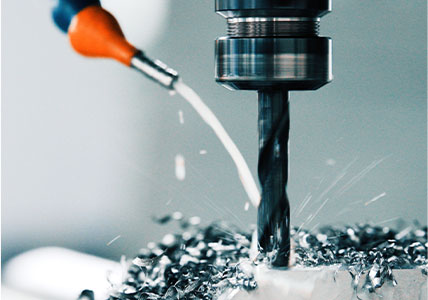Non-standard mold parts are typically manufactured to specific design requirements, rather than to standardized dimensions and specifications. Due to their custom nature, the performance characteristics of non-standard mold parts may vary depending on their specific design and use. The following are some common performance characteristics:
Plasticity: Non-standard mold parts often need to work at high pressures or temperatures, so they need to have excellent plasticity to avoid deformation or damage during operation.
Strength: Non-standard mold parts need to withstand high pressure or high temperature and other harsh environmental working conditions, so they need to have high strength and durability to ensure their normal work.
Wear resistance: Since non-standard mold parts need to work for a long time, they need to have good wear resistance to avoid damage or failure in the process of use.
Accuracy: Non-standard mold parts need to fit precisely with other parts, so they need to have high accuracy and stability to ensure their normal work.
Corrosion resistance: Non-standard mold parts may need to work in an acidic or alkaline environment, so they need to have good corrosion resistance to prevent being corroded or damaged.
Sealing: Non-standard mold parts may need to be sealed under high pressure or high temperature, so they need to have an excellent sealing performance to ensure their normal operation.



